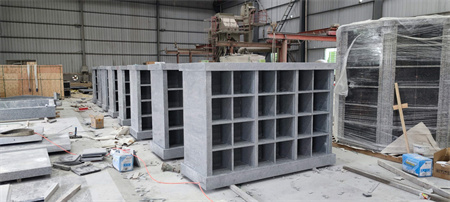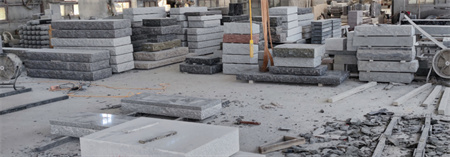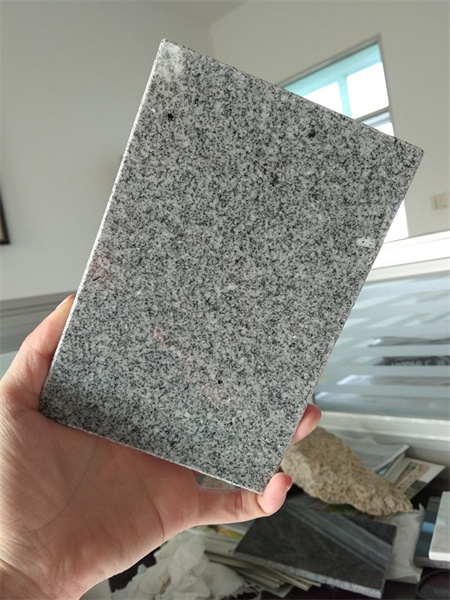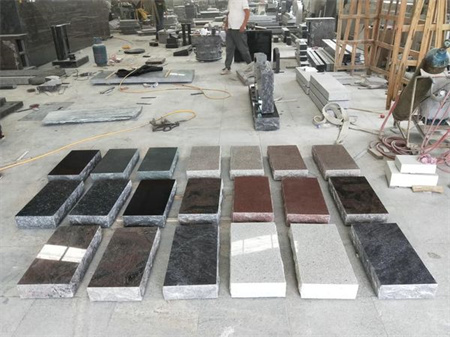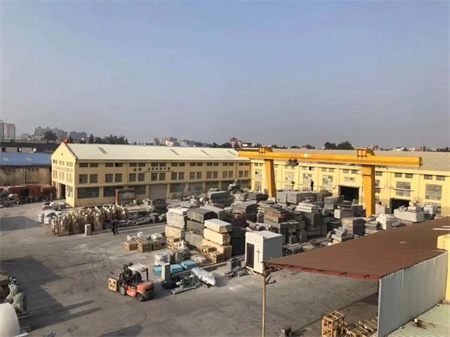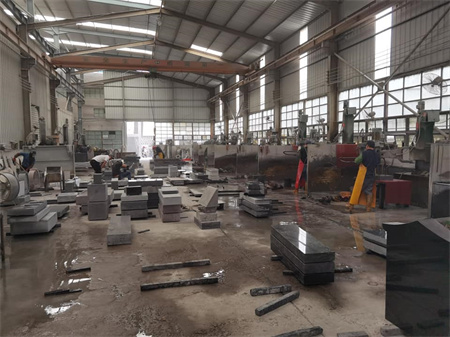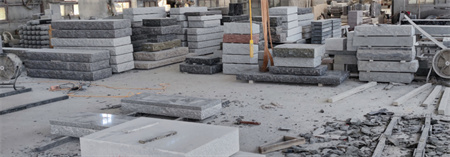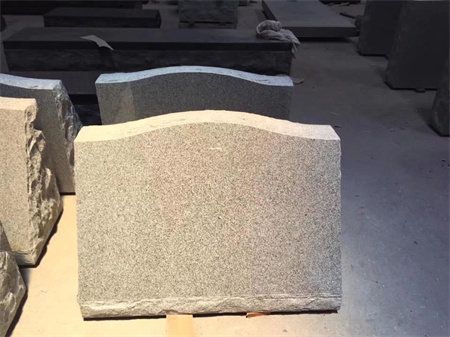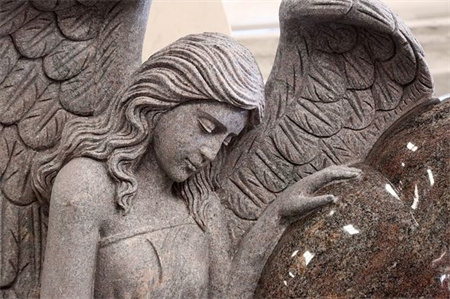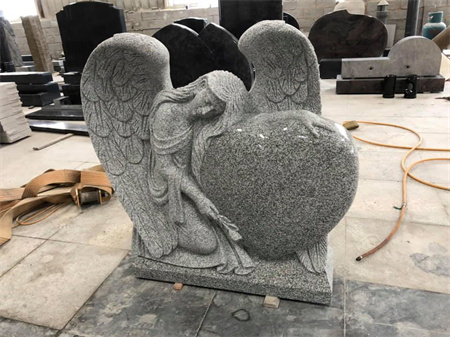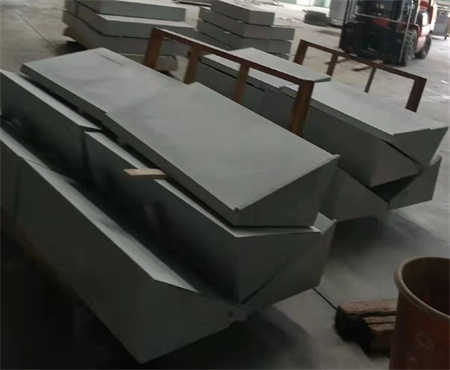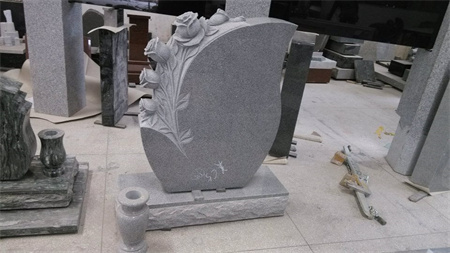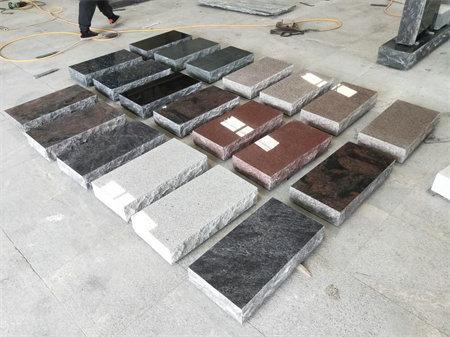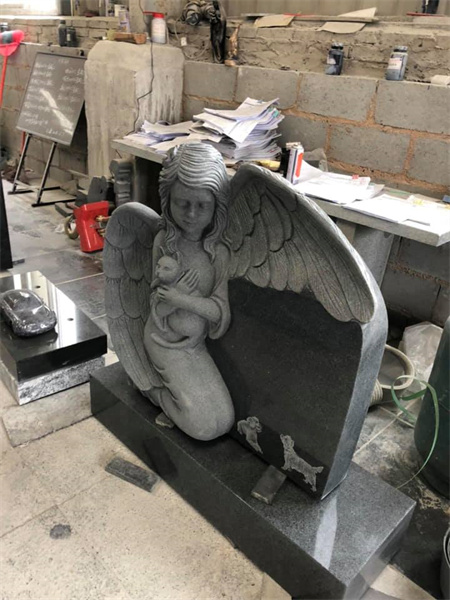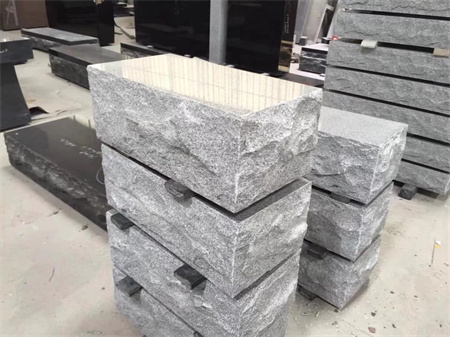How to Design a Memorial Stone with Photographic Etching
Designing a memorial stone is a deeply personal endeavor, one that combines artistry and technology to create a lasting tribute. In recent years, photographic etching has emerged as a popular method for memorial stones, providing a unique way to honor loved ones through detailed and lifelike images. Here’s a guide on how to design a memorial stone with photographic etching, focusing on the use of granite, a premier material for these memorials.
Understanding Granite as a Medium
Granite is widely chosen for memorial stones due to its durability and timeless beauty. Its hard surface allows for intricate details and is resistant to weathering, ensuring that the memorial remains a lasting tribute. The process of creating a memorial stone with photographic etching involves several key steps, from selecting the right granite to finalizing the design.
Choosing the Right Granite
When selecting granite for a memorial stone, consider factors such as color, texture, and finish. Granite comes in various colors, from classic black and gray to more vibrant hues. Each type of granite offers a different aesthetic, so choose one that complements the design and the intended message of the memorial. For example, a polished black granite might be chosen for its elegant appearance and ability to highlight photographic etchings.
Designing the Etching
Photographic etching involves transferring a photograph onto granite using advanced techniques. Here’s how to approach the design process:
1. Select the Photograph: Choose a photograph that holds significant meaning. High-resolution images work best as they provide clarity and detail in the etching. Common choices include portraits of the deceased, images of significant places, or even cherished objects.
2. Prepare the Image: The photograph needs to be converted into a suitable format for etching. This often involves adjusting the image to ensure it contrasts well with the granite. Specialized software can help in converting the image to grayscale and adjusting contrast to ensure the etching stands out clearly.
3. Choose the Layout: Decide how the photograph will be positioned on the memorial stone. This can include placement on the upper portion of the stone, alongside text, or as a central feature. Consider how the photograph will integrate with any inscriptions or decorative elements.
The Etching Process
Photographic etching on granite involves several precise steps:
1. Creating a Template: A laser engraver or sandblasting machine is used to create a template of the photograph. The chosen image is transferred onto a film which is then applied to the granite surface.
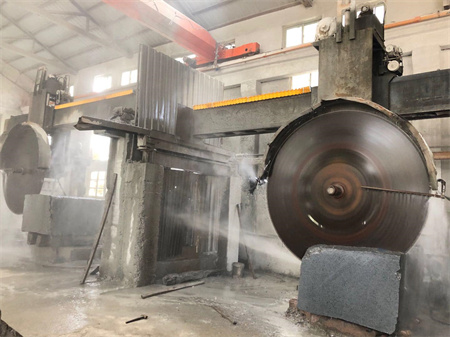
3. Finishing Touches: After etching, the granite surface is cleaned and polished. This enhances the contrast of the image and ensures that the memorial stone has a smooth, elegant finish.
Considerations for an Effective Design
When designing a memorial stone with photographic etching, keep these considerations in mind:
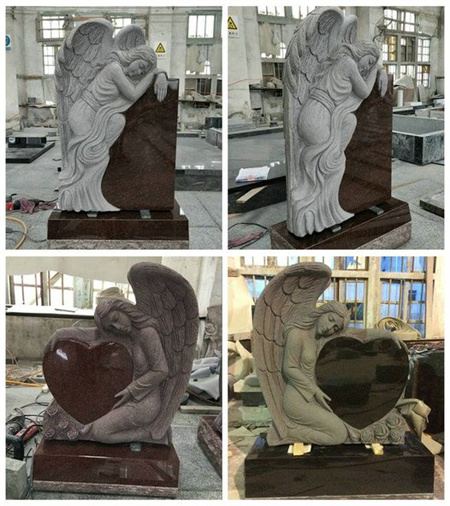
2. Granite Quality: Opt for high-quality granite to ensure that the etching process produces a clear and durable image. Low-quality granite may not hold the details as well and can affect the longevity of the memorial.
3. Design Integration: Ensure that the photograph integrates well with other design elements. The memorial stone should reflect the personality and legacy of the individual, combining the photograph with inscriptions, symbols, or decorative features.
Working with Professionals
For those new to designing memorial stones or working with photographic etching, collaborating with experienced professionals is crucial. A reputable granite monument supplier can provide guidance on choosing the right granite, designing the etching, and ensuring that the final product meets your expectations.
Conclusion
Designing a memorial stone with photographic etching is a meaningful way to commemorate a loved one, combining personal artistry with advanced technology. By selecting the right granite, preparing a high-quality photograph, and working with skilled professionals, you can create a lasting tribute that beautifully reflects the life and legacy of the individual being honored.
If you’re considering importing granite memorial stones for your cemetery or business, it’s essential to work with trusted suppliers who understand the nuances of both granite and photographic etching. With the right approach, you can ensure that every memorial stone is not just a tribute, but a piece of art that stands the test of time.

